MONTENEGRO
Plants and Animals

Plants and Animals

Cities in MONTENEGRO
| Podgorica |
Plants and Animals
Plants
Montenegro, especially in spring and summer, is covered with a great variety of flowers and plants, some of which are unique in this part of the Balkans. There are many evergreen tree species, but also small greyish aromatic shrubs, colourful flowers and many cultivated plants.
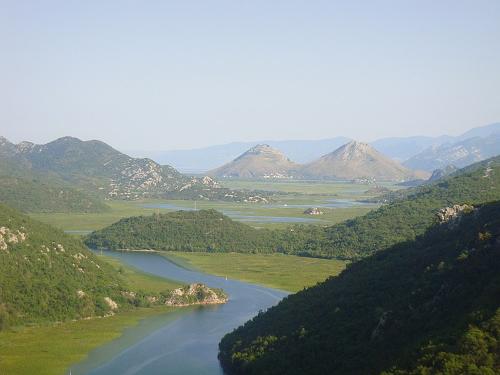 Landscape MontenegroPhoto: Ines Lukic CC 3.0 no changes made
Landscape MontenegroPhoto: Ines Lukic CC 3.0 no changes made
The trees are often pine and lesser known oak species, but also juniper and olive trees. Furthermore, there are areas covered with dense shrubbery (2-3 metres high), the so-called "maquis". Maquis often appear when many forests are cut down and are often a precursor of the less common "garrigue", an immature version of the maquis.
There are two types of maquis, one where the myrtle and one where the holm oak dominates. Above the maquis, Scots pines and Aleppo pines can be seen here and there. The maquis and garrigue also contain many climbing plants, including sarsaparilla, heather, thorny bushes, strawberry trees and laurel. Many of the flowers are typical of the European Mediterranean: wisteria or wisteria, oleander, mimosa, bougainvillea, thyme and eucalyptus.
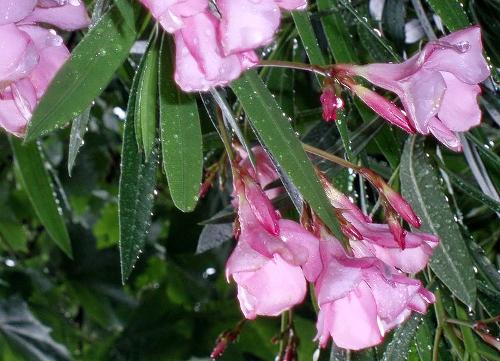 Oleander, MontenegroPhoto: Bratislav Tabaš CC 3.0 no changes made
Oleander, MontenegroPhoto: Bratislav Tabaš CC 3.0 no changes made
The marshy areas are often covered with rushes and sedges, as well as orchids, irises and common buttercups. Inland and in higher areas the vegetation consists of characteristic flora such as oaks, hornbeams, sycamores, willows, elms, poplars, oleanders, birches and tamarisks. Meadows are dotted with gentian, hawkweed, sage, wild thyme, violet and clove. White and yellow stonecrop cling to the rocks. There are also a number of extensive beech forests. In wet areas many edible and non-edible mushrooms can be found, in addition to about 150 medicinal herbs. Botanists counted in Biogradska Gora National Park 25 plant families and 64 tree species, some of them 60 m high and about 500 years old.
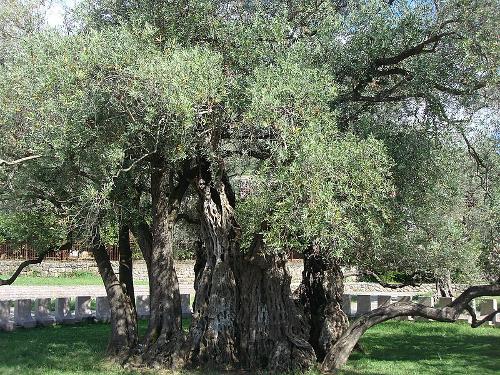 Old Olive Tree in Bar, MontenegroPhoto: Aleksey Churushkin CC 4.0 no changes made
Old Olive Tree in Bar, MontenegroPhoto: Aleksey Churushkin CC 4.0 no changes made
From 600 meters altitude to the tree line of 2000 meters, we find large areas of spruce and pine trees. The area around the town of Bar is unthinkable without its more than 100,000 olive trees. It is assumed that the oldest olive tree, ca. 2000 old, can be found here as well.
Animals
In 2000, 125 brown bears were counted in Montenegro, 15 in the area around Plužine, 16 around Pljevlja, 6 around Berane and 8 around Rožaje. Thirty-one bears were seen in the north of Montenegro, around Bjelasica and the Sinjajevina mountains. And forty-five in the east, in Komovi, Prkletije, Visitor and the Mokra mountains. Montenegrin brown bears live at altitudes between 900 and 2600 metres.
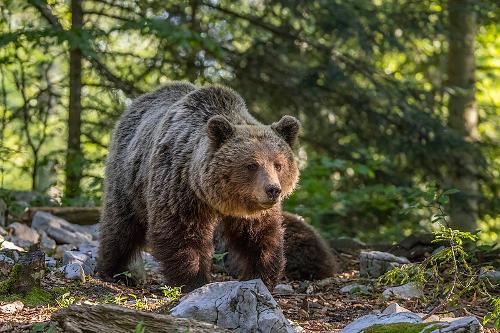 Brown Bear, MontenegroPhoto: Charles J Sharp CC 4.0 no changes made
Brown Bear, MontenegroPhoto: Charles J Sharp CC 4.0 no changes made
Approximately 200-300 wolves can be found in the north of Montenegro. Around Plužine there is a small number of Balkan lynx at an altitude of 550-2500 metres and in the southern Mediterranean areas some jackals. Chamois, whose habitat is the inaccessible karst region, can be found only on the steep cliffs of Karanfil. This is also the last place in the former Yugoslavia where these animals still exist.
Poisonous snakes are the 'poskok' and the 'šarka', both members of the viper family.
The variety of terrain and climate in Montenegro means that, despite its small size, it is home to an amazing variety of birds.
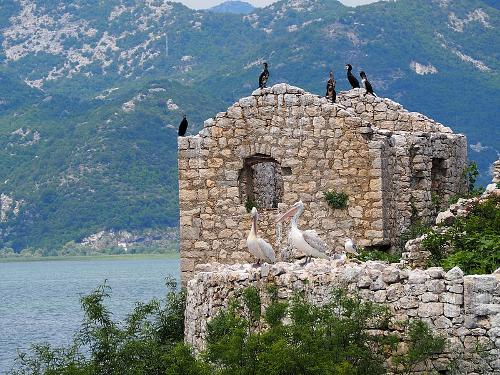 Cormorants and Pelicans, MontenegroPhoto: Oktoober CC 4.0 no changes made
Cormorants and Pelicans, MontenegroPhoto: Oktoober CC 4.0 no changes made
Lake Šasko is a small freshwater lake near Ulcinj, where many marsh birds can be found, as well as a heron colony. Common birds are grouse, partridges, swallows, nightingales and woodpeckers. The Skadar Lake (Skadarska Jezero) is a true bird paradise and the largest bird sanctuary in Europe with eagles, ibis, herons, bitterns, ducks, pelicans, owls, buntings and almost 300 other bird species. Rare are the Dalmatian pelican and the black ibis.
The Biogradska Gora National Park has an untouched coniferous forest, the like of which hardly exists any more in Europe. It is home to many forest birds, such as eagles, owls, woodpeckers, thrushes, larks, nightingales, tits, finches and partridges.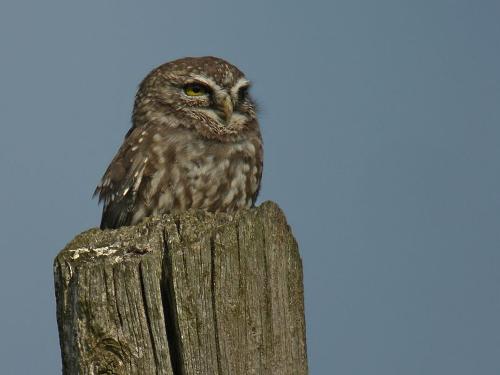 Little Owl, MontenegroPhoto: Frank Vassen CC 2.0 no changes made
Little Owl, MontenegroPhoto: Frank Vassen CC 2.0 no changes made
Along the Montenegrin coast there are a number of areas with special bird species:
-Ulcinj salt marshes, almost without vegetation, has about 240 species of birds, including the Dalmatian Pelican, flamingos, common terns, little terns, stilts, redshanks, forktail plovers, shore plovers and stone curlews.
-Velika Plaza and Ada Bojana are two areas south of Ulcinj. Velika Plaza is an important nesting and resting area for migratory birds. In summer, almost 1% of the European population breeds here, including lesser moorhens, forktail plovers, stone curlews, roller and great bustards. Ada Bojana is home to, among others, the pygmy cormorant, spoonbill, stone curlew and nightjar.
-Buljarica is a beach more than two kilometres long, behind which there is a wet area with many channels and reed beds. The birds that can be found here are Greek mockingbird, mourning tit, rock cormorant, pygmy cormorant, European stonechat, Eleonora's falcon, Syrian spotted woodpecker, Balkan sparrowhawk and blue rock thrush.
Sources
Detrez, R. / Servië-Montenegro : mensen, politiek, economie, cultuur, milieu
Koninklijk Instituut voor de Tropen ; Novib
Montenegro
Naklada Ljevak
Rellie, A. / Montenegro
Bradt Travel Guides
Schuman, M.A. / Serbia and Montenegro
Facts On File
CIA - World Factbook
BBC - Country Profiles
Copyright: Team The World of Info